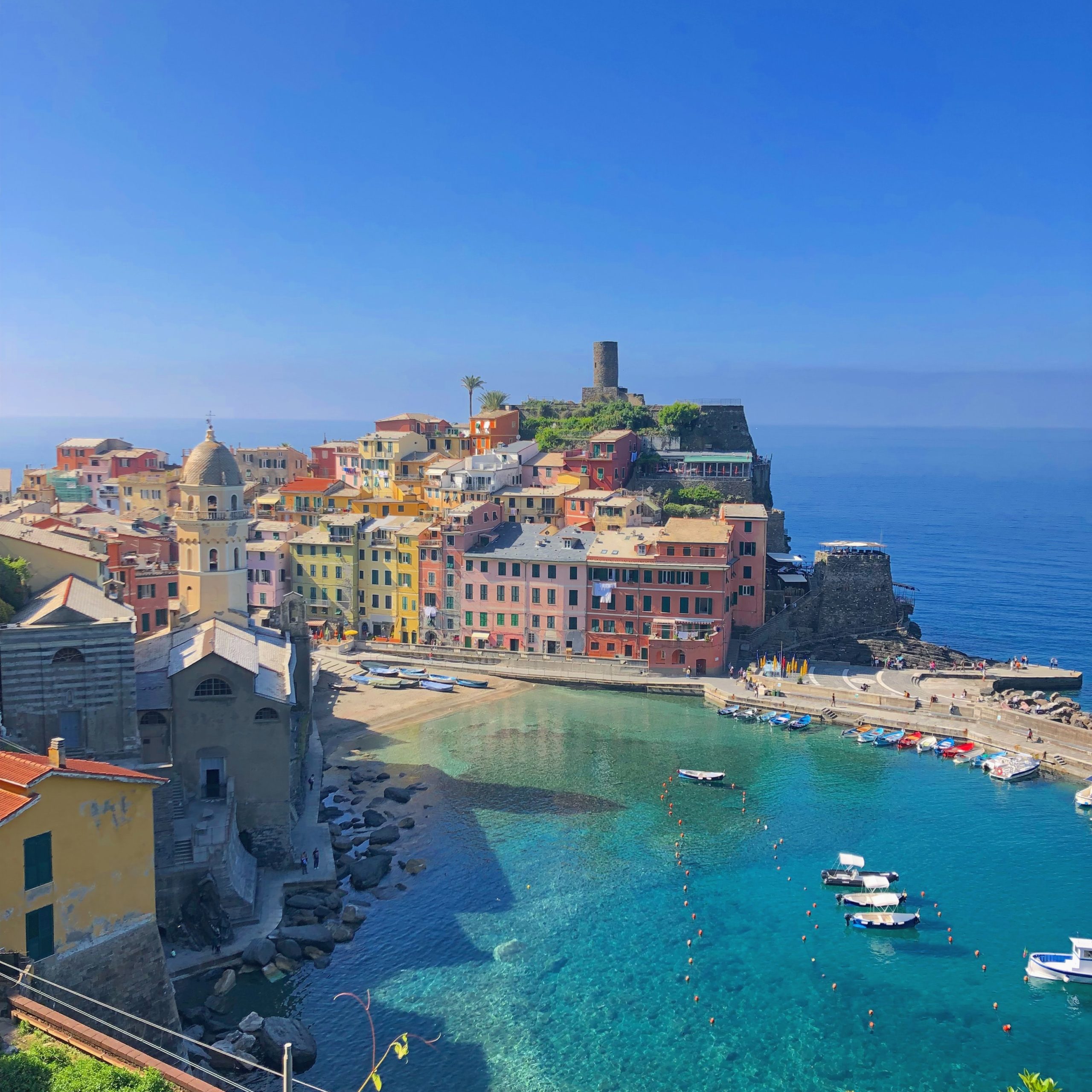Article courtesy of the Affluent Traveler Collection
Nowhere else in the world will one find a more diverse collection of UNESCO World Heritage Sites than in Italy – but even within such a large amassing of sites, there remain a handful of wonders that even the most seasoned traveler should not miss when exploring the country.
Created in 1945, UNESCO (United Nations Educational, Scientific and Cultural Organization) works to identify, according to precise criteria, areas, zones, and places containing unique characteristics, of particular importance in regards to culture, archaeology, environment or landscape. The organization’s World Heritage encourages the identification, protection, and preservation of cultural and natural heritage around the world considered to be of outstanding value to humanity.
Archaeological Areas of Pompei, Herculaneum, and Torre Annunziata
When Mount Vesuvius erupted on August 24, 79 AD, it engulfed the two flourishing Roman towns of Pompei and Herculaneum, as well as the many wealthy villas in the area. These have been progressively excavated and made accessible to the public since the mid-18th century. The vast expanse of the commercial town of Pompei contrasts with the smaller but better-preserved remains of the holiday resort of Herculaneum, while the superb wall paintings of the Villa Oplontis at Torre Annunziata give a vivid impression of the opulent lifestyle enjoyed by the wealthier citizens of the Early Roman Empire.
City of Verona
Situated in northern Italy at the foot of the Lessini Mountains on the River Adige, the historic city of Verona was founded in the 1st century BC. It particularly flourished under the rule of the Scaliger family in the 13th and 14th centuries and as part of the Republic of Venice from the 15th to 18th centuries. The core of the city consists of the Roman town nestled in the loop of the river containing one of the richest collections of Roman remains in northern Italy. Verona’s surviving architecture and urban structure reflects the evolution of this fortified town over its 2,000 year history. Verona has preserved a remarkable number of monuments from antiquity, the medieval and Renaissance periods, and represents an outstanding example of a military stronghold.
Amalfi Coast
The Amalfi Coast is an area of breathtaking natural beauty and diversity. It has been a popular settlement since the early Middle Ages and cities like Amalfi and Ravello with their artistic and architectural works have become places of great importance. The rural areas of the coast show the versatility of the inhabitants which have adapted their use of the land to the diverse nature of the terrain, from vineyards and orchards on the lower parts to wide upland pastures. The Coast itself seems to be one grand balcony suspended between a crystal blue sea and the feet of the Lattari Mountains. It’s an exemplar of a Mediterranean landscape and UNESCO has protected it both for its topographical features and historical background.
Church and Dominican Convent of Santa Maria delle Grazie
The refectory of the Convent of Santa Maria delle Grazie forms an integral part of this architectural complex, begun in Milan in 1463 and reworked at the end of the 15th century by Bramante, one of the masters of the Renaissance. Bramante structurally enlarged the church and added large semi-circular apses, a wonderful drum-shaped dome surrounded by columns, and a spectacular cloister and refectory. On the north wall is The Last Supper, the unrivaled masterpiece painted between 1495 and 1497 by Leonardo da Vinci, whose work was to herald a new era in the history of art. Its unique value, which over the centuries has had immense influence in the field of figurative art, is inseparable from the architectural complex in which it was created.
Historic Center of Siena
Siena is the embodiment of a medieval city and its Gothic appearance, acquired between the 12th and 15th centuries, has been well preserved. During this period, the work of Duccio, the Lorenzetti brothers, and Simone Martini would influence the course of Italian and, more broadly, European art. The whole city of Siena, built around the Piazza del Campo, was devised as a work of art that blends into the surrounding landscape. Siena is an outstanding medieval city that has preserved its character and quality to a remarkable degree. The city had a substantial influence on art, architecture, and town planning during the Middle Ages, both in Italy and elsewhere in Europe. The city is a masterwork of dedication and inventiveness in which the buildings have been designed to fit into the overall planned urban fabric.

comments
share
- Lisell Travel